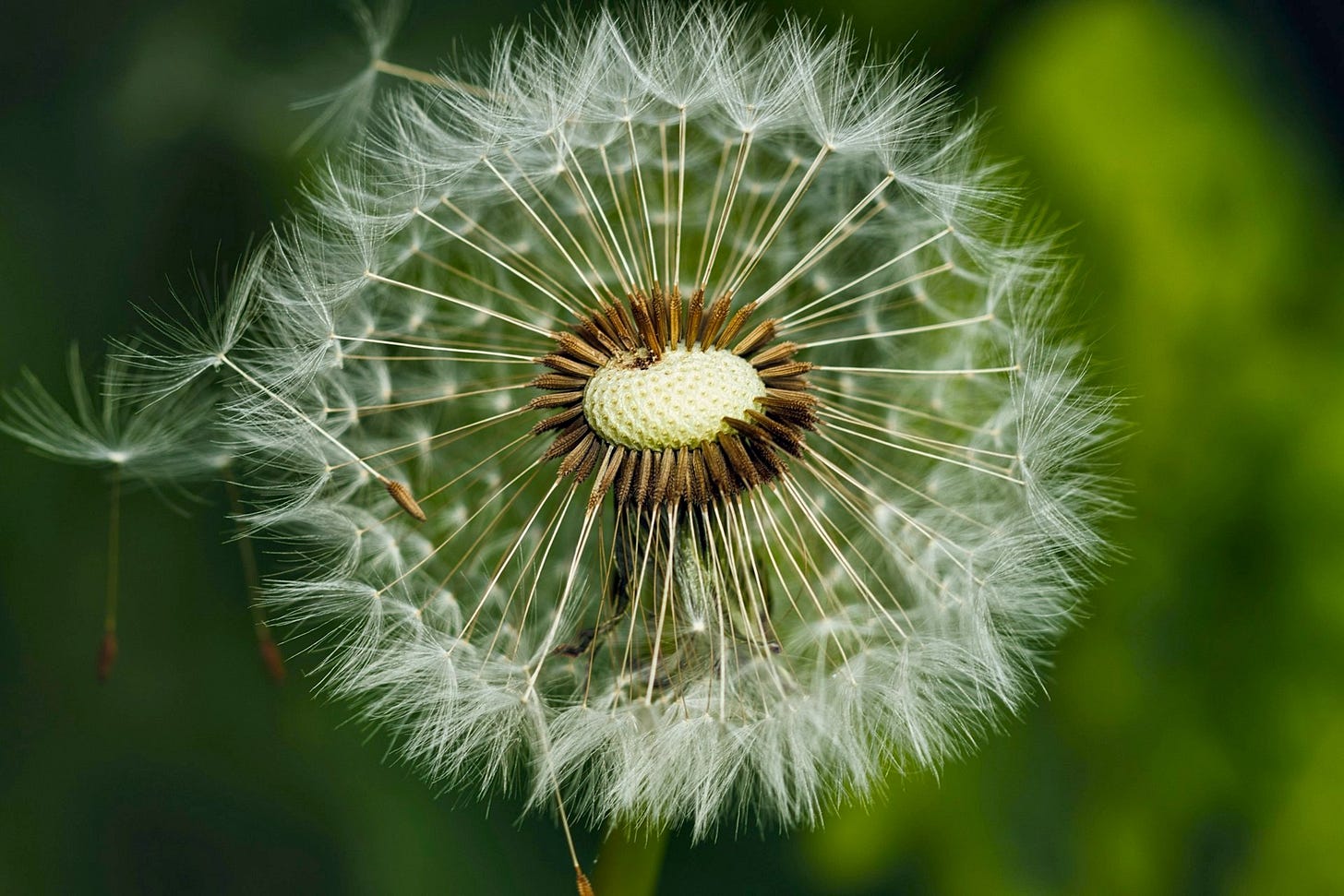Dear Friends, how is your heart? Every day I struggle to keep my heart open to both the pain and the beauty of this world. One does not negate the other. The beauty and the pain live side-by-side in every breath we take. This month’s reflection is from the first chapter of my book. May it help you find breath.
Reflecting on these apocalyptic times, Valarie Kaur, founder of the Revolutionary Love Project, asks, “What if this is not the darkness of the tomb, but the darkness of the womb?” The answer, of course, is it’s both. Breakdowns and breakthroughs are happening at the same time. Endings and beginnings are simultaneous and overlapping; they require one another.
Nature itself is cyclical: the turning of seasons, the waxing and waning of the moon, the spiraling movement of day into night and into day again. Throughout history societies have come and gone, empires rise and fall. A number of traditional cultures describe a similar cycling of worlds, where the world-that-was comes to an end, and a new world gradually emerges. There’s geological and archeological evidence to support this, but what interests me more than historical proofs is the spiritual wisdom that has been passed down through millennia, the teachings about how to face times of apocalyptic upheaval.
Stories of successive worlds are found in the lore of ancient Kemet, in Norse mythology, Toltec teachings, the Yuga cycles in Hindu cosmology, and the prophecies of the Hopi Nation, among others. Flood narratives appear in dozens of cultures across almost every continent. Noah’s Ark is one familiar version found in both the Hebrew Bible and the Holy Qur’an.
In some of these accounts the destruction of worlds was precipitated by human beings losing sight of our essential belonging to the Earth, to one another and all creation. We ceased to live in harmony, acting in increasingly violent and extractive ways that ultimately led to our demise. Yet in these stories, there were those who remained in right relationship with larger Life: people who chose kinship, rather than othering and division, and who survived to seed the next world. That remembrance of belonging is the invitation—and the urgent necessity—of the times we inhabit.
We are not helpless bystanders at the mercy of apocalyptic changes; we have a role in the transformation. By actively engaging in healing the traumas and injustices of the past and present, and living in alignment with our soul’s purpose, we help foster a shift in human consciousness so that the best possibilities for our collective life on this planet may be realized.
We must be willing to look at ourselves and our actions with honesty and humility, allowing the process to change us. We will feel our grief for the tremendous losses, extinctions, harms caused and experienced. We will grieve our places of complicity with those harms (whether they were intentional or not). Grief and suffering can bring us into our hearts, which is precisely where we need to be to create a world rooted in real care and reverence for the Sacred in its myriad expressions.
The current trajectory of endless consumption, individualism, and power-over dynamics is an accelerator toward death. What’s called for is not going back to some idealized past, but moving forward, creating futures based on who we need to become and how we need to be with one another and Earth in order to survive. Crisis evokes creativity.
To birth a new world—to fight for it—we first have to imagine it possible. As author and innovator Sonya Renee Taylor notes, “The first practice of liberation is to think something new.” We can envision a different way of being together in and with the world. Not just focusing on what we fear or detest or resist (as mainstream media conditions us to do), but on the world we would love to see generations in the future. With every choice and act we are seeding that future.
What worlds are we seeding?
What would it look like to heal?
What would it feel like?
This post is adapted from my forthcoming book, Soul Medicine for a Fractured World: Healing, Justice, and the Path of Wholeness. (Orbis Books, Nov. 2025)
Photo by Олександр К on Unsplash
How would you answer the questions at the end of this post? Please join the conversation by adding your comments below, or click the heart if you enjoyed this article. I love hearing from you!


